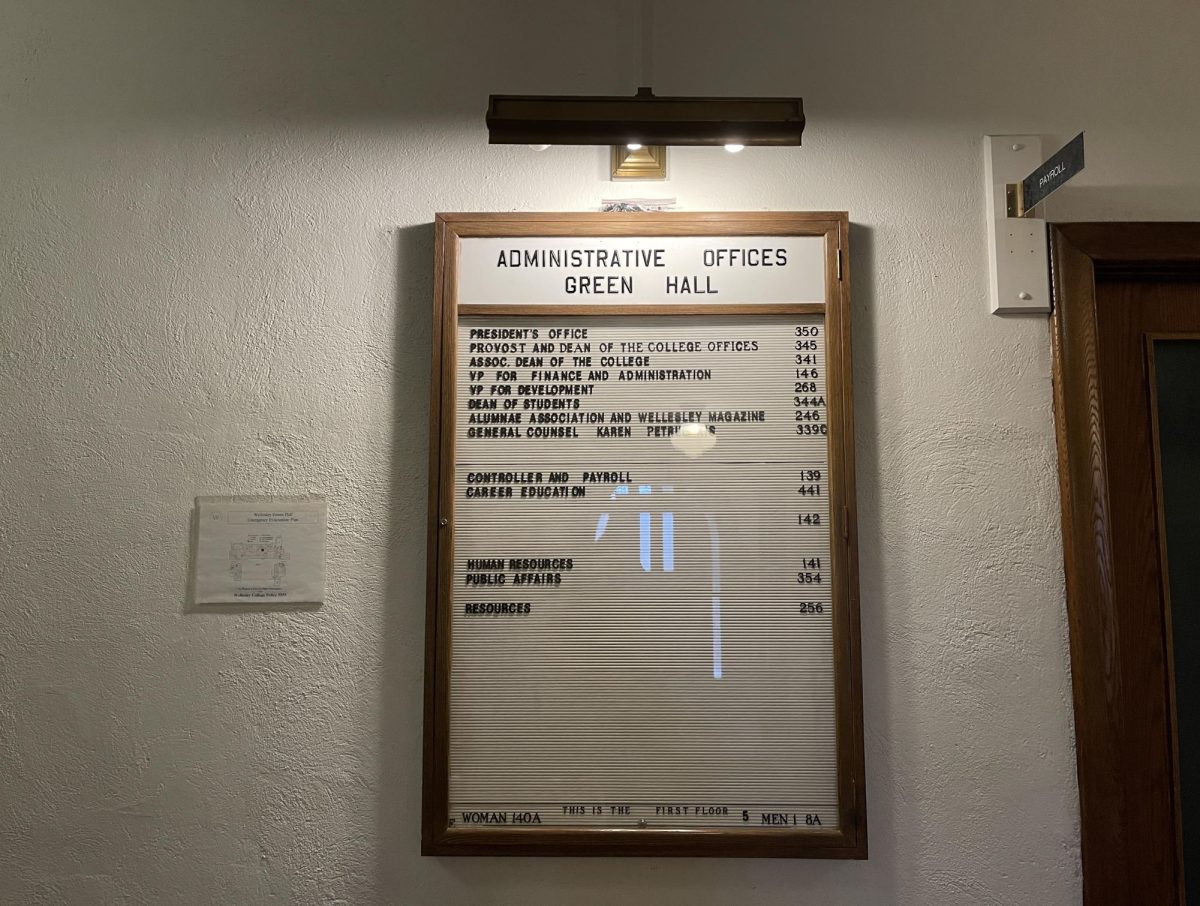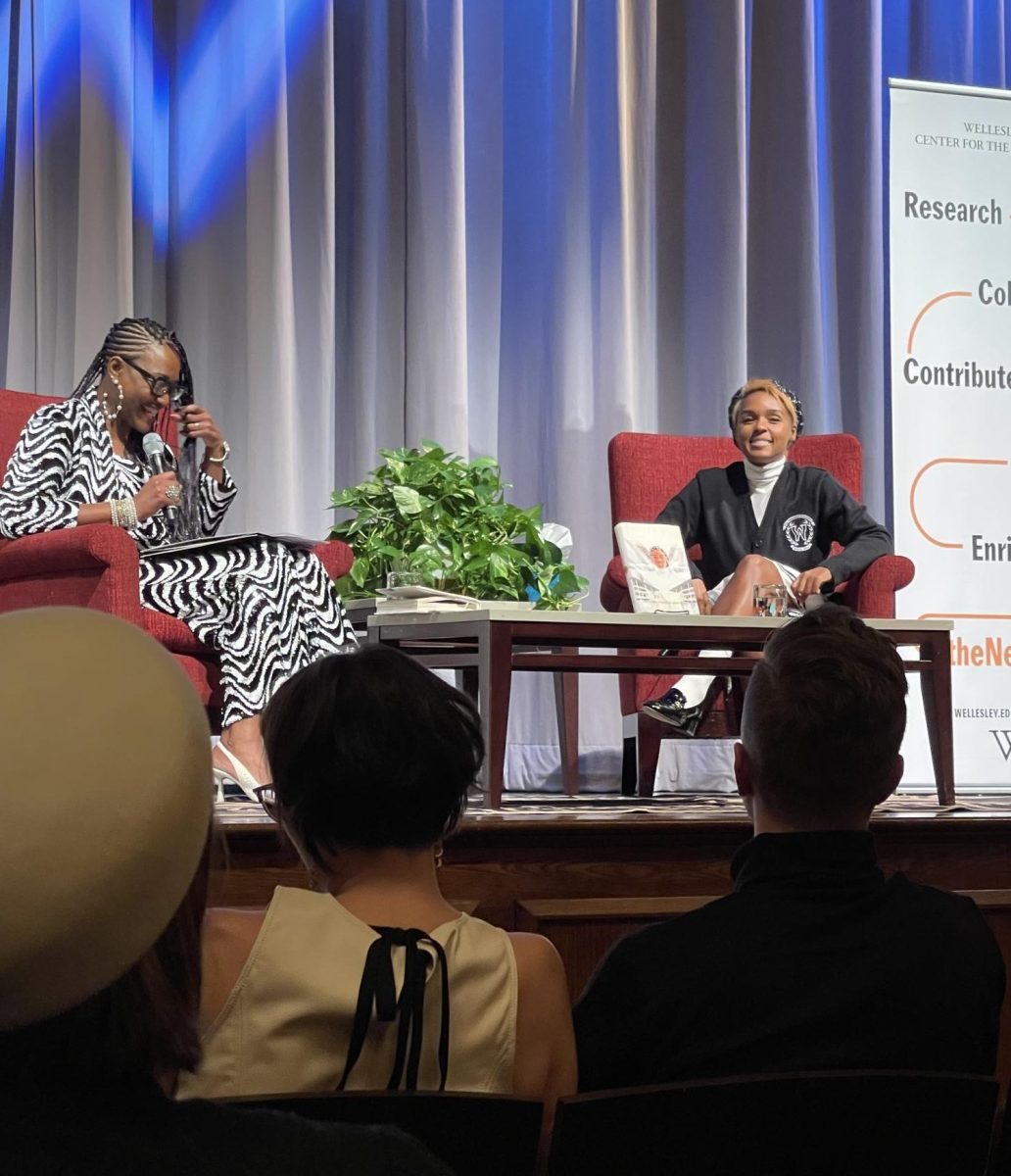To the editors:
As the debate over Wellesley’s Sleepwalker escalates, the media outlets detailing the story seem to paint a similar picture: an enraged student body pitted against an unwavering administration. But missing from this discourse is an important voice: students, like us, who do not believe that the statue should be removed and, more importantly, are increasingly disturbed by these calls for censorship.
We do not object in the least to a dialogue about the artwork: at its best art provokes consideration, discussion and sometimes even outrage. Nor do we dismiss claims that the piece is unsettling, creepy, or triggering. We feel deeply for students who have been upset by the statue and for survivors of sexual assault who have been made to feel unsafe. These arguments are real, powerful and deserve to be heard.
However, we must remember not to treat all sexual assault survivors as a singular entity: their experiences, as well as their triggers, are diverse and complicated. We believe that a “safe space” does not remove all potential triggers, but rather equips students with the mechanisms to deal with those triggers. One mechanism is open dialogue: about sexual assault and trauma, about triggers and safe spaces and, in this case, about art. We do not believe that the Wellesley student body is currently engaging in such a dialogue; the discussion has become so polarized that many students feel unsafe voicing their concerns about the petition for fear of being labeled insensitive or uncaring.
Dismissing these students as unsympathetic to survivors of sexual assault effectively shuts down conversation and avoids the complexities of the issue. If students are afraid to share their opinions, are we really making Wellesley a safer safe?
Moreover, we object to the calls for censorship that have emerged in place of thoughtful dialogue. Students protesting the statue have successfully circumvented this question, maintaining that they are in no way “pro-censorship,” or that the issue itself is not actually about art. Let us be clear: demanding the removal of a work of controversial public art is censorship. As students, feminists, artists and activists, we would hope Wellesley students would have more at stake in creative freedom and would think before responding to a reactionary impulse. We would hope, too, that they would consider creative works that they care about—works that upset or offended someone and were censored as a result.
On the one hand, the discussion board posted in the lobby of the Lulu is a step towards open dialogue. Students are able to engage with important questions—“Where does art belong?” “What if The Sleepwalker were a woman? If the artist were?” “What makes a safe space?”—and voice opinions they might otherwise feel uncomfortable sharing. On the other hand, it allows them to do so without any accountability. We need to extend this effort so that students of all sides feel comfortable participating in a fair and respectful conversation. This does not mean shutting down protest or dismissing concerns, nor does it mean removing the statue. It means acknowledging the complexities of the issue and tailoring our activism to them.
Sincerely,
Claudia Liss-Schultz ’16 and Anna Egeland ’16





